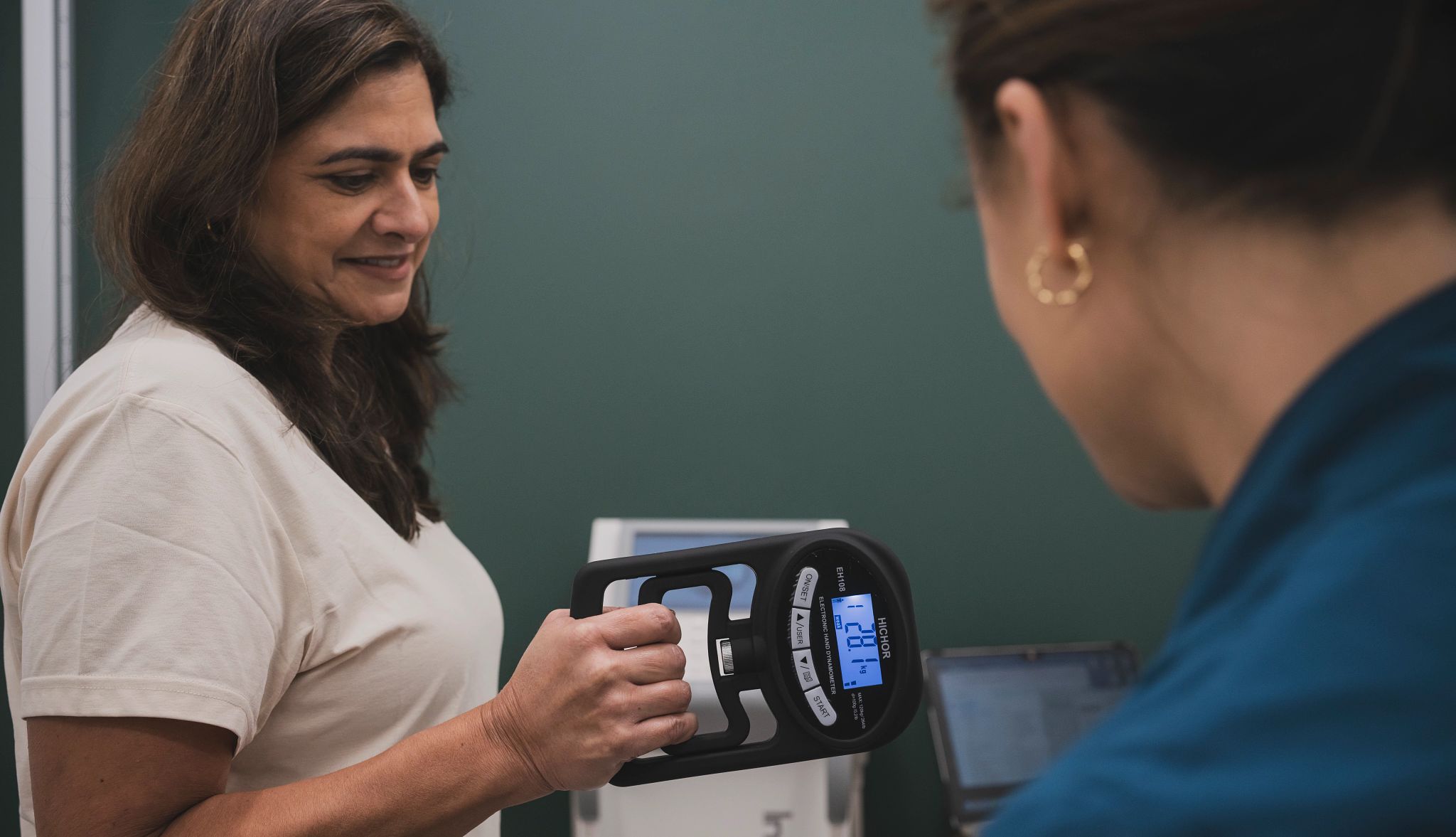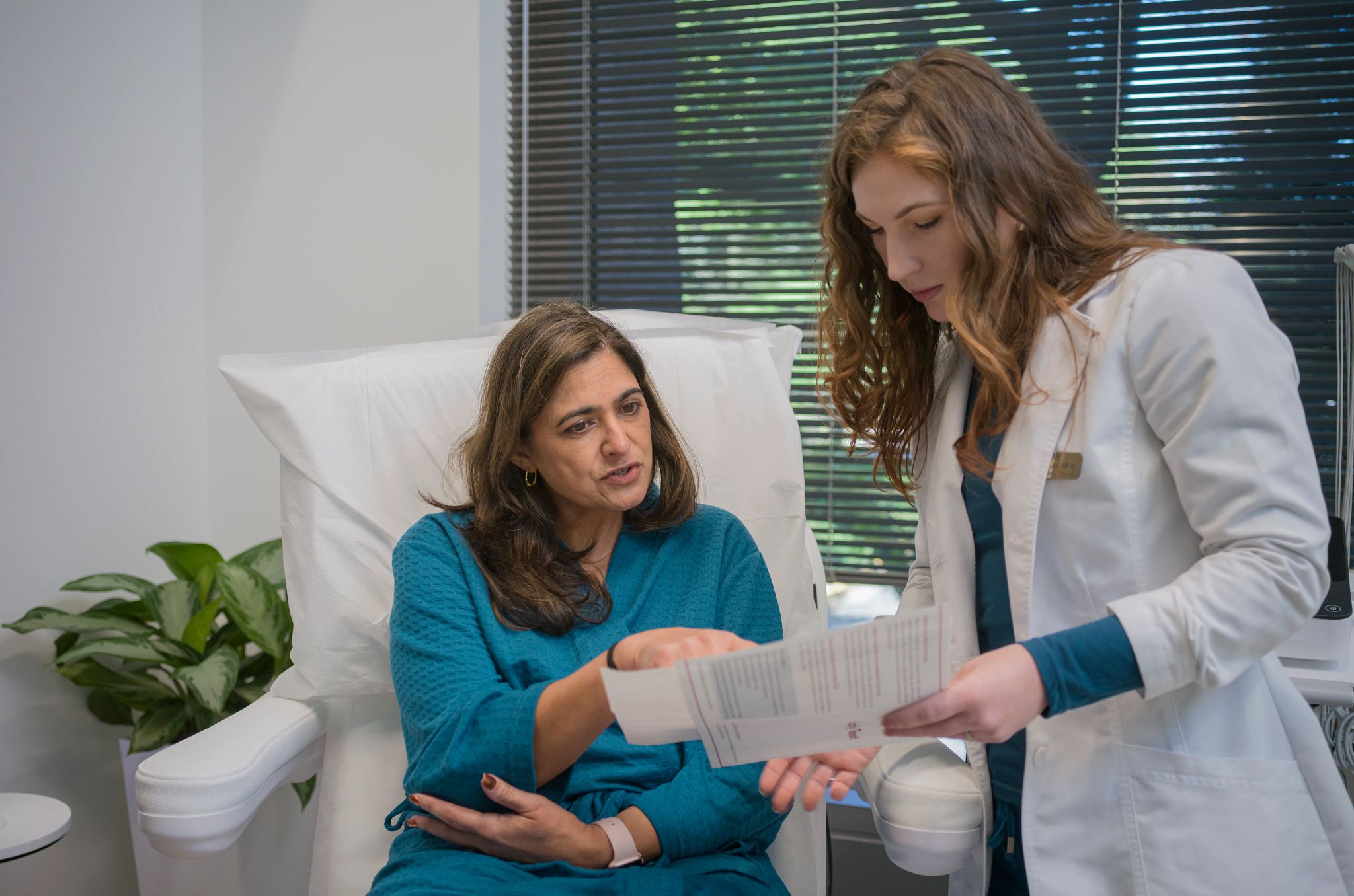AARP Hearing Center


Longevity clinics are popping up everywhere. In academic medical centers, strip malls and luxury wellness resorts. Many charge big bucks for a dazzling array of diagnostic tests plus anti-aging therapies that don’t have a lot of science behind them — things like stem cell therapies and IV vitamin drips. Their waiting lists are filled with wealthy people willing to spend thousands for a dip in the fountain of youth.
There’s no solid number — or definition — for these clinics. Estimates say there are hundreds, if not more. But there’s no legal restriction on the use of “longevity” branding. So the term can appear on businesses run by medical doctors, as well as social media influencers, chiropractors, gyms, dentists and more. Some are pushing unproven therapies, while others are giving precious time to patients to help them follow research-backed habits for a healthier lifestyle.
I had a chance to visit two longevity clinics, and I decided to lean away from those catering to the rich and famous and instead see if I could find places that offer reality-based results without breaking the bank. Here’s what I found.
Turning back time
For most of her life, Anita Wheaton felt younger than her age. She had a deep well of energy as she raised two kids, cooked family meals and worked as a bookkeeper. She gained a touch of weight along the way, but who doesn’t? Around the time she turned 40, her back started aching — first a little, then a lot. At age 42, she learned the cause: severe endometriosis. Her doctor also said she was suffering from a raft of autoimmune conditions.
She and her husband moved from Virginia to Florida in 2015, and severe fatigue set in. At times, driving to appointments, she’d have to stop her car by the side of the road for a quick nap. “I was gaining weight,” she recalls. “To wake up with joint pain was not unusual for me.”
Wheaton got a message from one pal after a 2021 group Zoom call (remember the pandemic?) who was concerned that she seemed worn, and her face was puffy. “I’ve never seen you look like this,” the friend wrote. Wheaton resolved to try something new. She reached out to Danielle Ruiz.


Ruiz is the CEO and medical director of a longevity clinic called Everest Health in Vienna, Virgina. Wheaton became one of its first clients. I met Wheaton at Everest in October for her annual check-in. She looked nothing like her two-year-old photos. She’s lost more than 50 pounds, and says she feels as energetic as she did in her 20s. At her appointment, she knocked out more than 20 knee push-ups, followed by a series of other physical tests, including grip strength and lung function.
Nothing about the visit felt like a regular checkup, starting with the waiting room’s small fountain, green plants and mood lighting. The staff didn’t seem to be rushing to the next appointment. At the day’s end, 54-year-old Wheaton received an estimate of her biological age: 34. “Biological age” is used as a marker of how fast a person’s body is aging; it’s not a predictor of how long they will live.
Typical Longevity Tests
These key measures gave Anita Wheaton a “biological age” of 34.
- An intensive physical exam, focusing on neurological, cognitive and cardiovascular function
- Grip strength
- Maximum sit-ups in 60 seconds
- Maximum push-ups
- Body composition, including fat and lean mass
- Early dementia screening
- Pulmonary function testing
- Electrocardiogram
- Loss of height (to determine bone loss or joint compression)
- Anxiety and depression questionnaire
- Lab tests of hormones, insulin resistance, inflammation, vitamin levels and other measures
- VO2 max and resting metabolic rate
- Heart rate and heart rate recovery after exertion
Longevity is a rapidly growing industry. One Los Angeles-based longevity business, called Next Health, plans to have more than 150 locations in the U.S. and abroad by 2027. Problem is, the official definition of “longevity clinic” is still largely open to interpretation. To be sure, many services at these clinics — like measurements of grip strength and lean body mass — are backed by data. Others are promising, but unproven. Some of the more expensive items on the menu — for example, “exosomes” to promote skin rejuvenation — remain the subject of intense scientific debate.
“There’s a lot of variety in terms of what these businesses claim to offer,” says Leigh Turner, professor of Health, Society & Behavior at the University of California at Irvine. She studies direct-to-consumer marketing of unproven health remedies, including exosome therapies. Exosomes are small structures inside the body. Nobody really knows for sure their role in human health, but they are being offered as therapies for all kinds of aging-related issues. Same with “detoxification” and high-priced IVs. “I think a lot of it will just end up being, in all likelihood, money down the drain with probably no real benefit,” Turner says.




































































You Might Also Like
What is a Wellness Coach?
Wellness coaches help you stick with healthy behaviors and their work is often covered by health insurance
10 Exercises to Help Keep You Healthy
Simple moves to stay strong and independent long into the future
Yoga Poses to Fight Osteoporosis
Build bone mass with these five easy moves